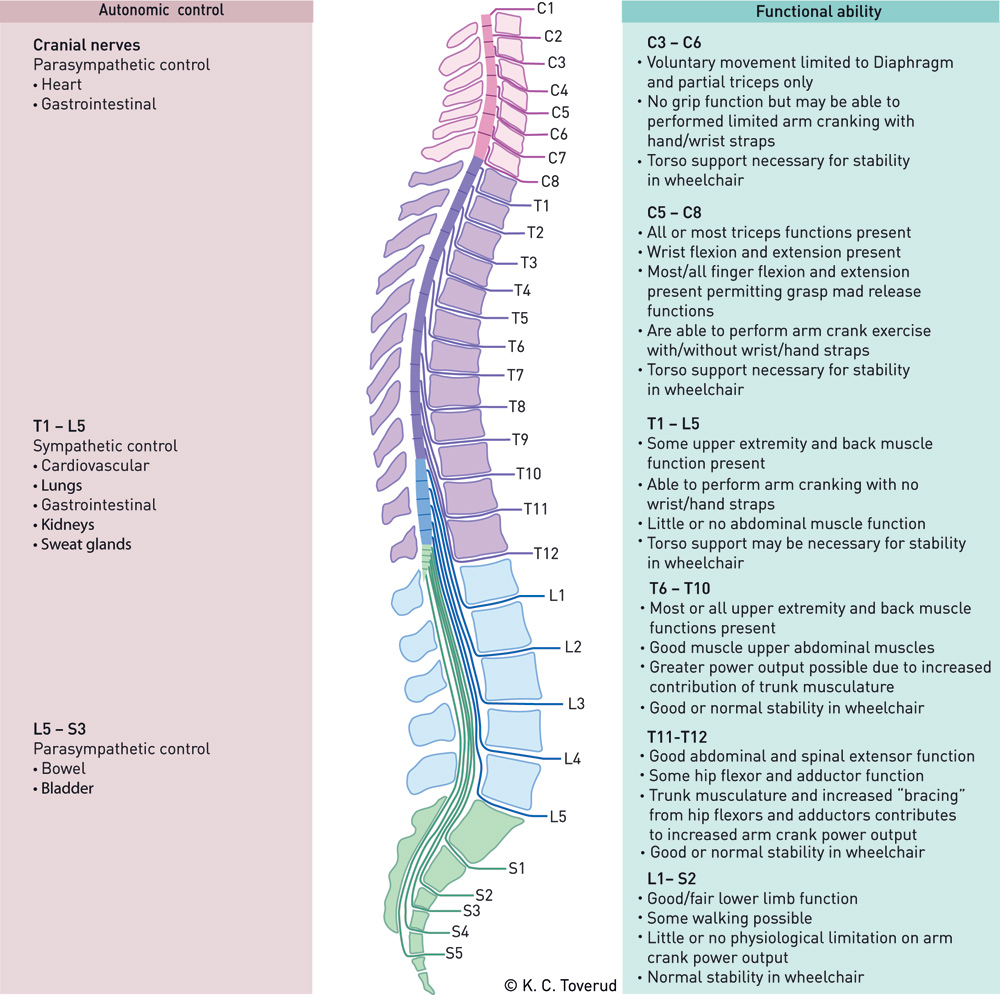The T12 medical abbreviation plays a pivotal role in the healthcare field, particularly in the context of anatomy and diagnostics. This abbreviation refers to the twelfth thoracic vertebra in the spine, which is essential for understanding spinal health and related medical conditions. Spinal health is critical in numerous medical disciplines, including orthopedics, neurology, and physical therapy. The T12 vertebra is located in the lower part of the thoracic spine and serves as a connecting point to the lumbar spine. Given its importance, the T12 medical abbreviation is frequently encountered in medical documentation, patient assessments, and treatment plans.
Understanding the implications of the T12 medical abbreviation can help patients comprehend their health conditions better and facilitate more effective communication with healthcare providers. It also aids in the diagnosis of various spinal disorders that may arise due to injury, degenerative diseases, or congenital issues. The significance of the T12 vertebra extends beyond mere anatomical reference; it is integral to the overall functioning of the human body.
In this article, we will delve deeper into the T12 medical abbreviation, explore its anatomical context, and discuss various medical conditions related to this vertebra. Furthermore, we will answer common questions regarding the T12 vertebra and its clinical significance. By the end, readers will gain a comprehensive understanding of the T12 medical abbreviation and its relevance to health and wellness.
What is the Anatomy of the T12 Vertebra?
The T12 vertebra is part of the thoracic spine, which consists of twelve vertebrae labeled T1 through T12. Here are some key points about the T12 vertebra:
- It is the last vertebra in the thoracic region.
- It connects to the lumbar spine, which consists of five vertebrae (L1-L5).
- The T12 vertebra plays a crucial role in supporting the rib cage and protecting vital organs.
- It contributes to the overall stability and mobility of the spine.
What Conditions are Associated with the T12 Vertebra?
Several medical conditions may affect the T12 vertebra, leading to discomfort or injury. Some noteworthy conditions include:
- Compression fractures: Often caused by osteoporosis or trauma, these fractures can lead to pain and reduced mobility.
- Spondylosis: This degenerative condition affects the spinal discs and joints, often leading to stiffness and pain.
- Herniated discs: Displacement of intervertebral discs can compress surrounding nerves, causing pain or numbness.
- Kyphosis: An abnormal curvature of the spine can affect the T12 vertebra, impacting posture and alignment.
How is T12 Injury Diagnosed?
Diagnosing an injury or condition related to the T12 vertebra typically involves several steps:
- Medical History: The healthcare provider will inquire about symptoms, prior injuries, and medical history.
- Physical Examination: A thorough physical exam will assess the patient's range of motion, strength, and pain levels.
- Imaging Tests: X-rays, MRIs, or CT scans may be ordered to visualize the spine and identify any abnormalities.
What Treatments are Available for T12-Related Conditions?
Treatment options for conditions related to the T12 vertebra vary depending on the severity of the issue. Common treatments include:
- Physical Therapy: Targeted exercises can help strengthen muscles and improve flexibility.
- Medications: Pain relievers and anti-inflammatory drugs can alleviate discomfort.
- Injections: Corticosteroid injections may be used to reduce inflammation and pain.
- Surgery: In severe cases, surgical intervention may be necessary to repair fractures or decompress nerves.
How Does the T12 Vertebra Affect Overall Health?
The health of the T12 vertebra can have broader implications on an individual's overall well-being. Here’s how:
- Posture: Proper alignment of the T12 vertebra is essential for maintaining good posture.
- Mobility: Issues with the T12 can limit mobility and impact daily activities.
- Nerve Function: Compression of nerves near the T12 can lead to pain or numbness in the legs.
Are There Preventative Measures for T12-Related Issues?
Preventative care can help maintain the health of the T12 vertebra and the spine as a whole. Some effective strategies include:
- Regular Exercise: Engaging in activities that promote spinal strength and flexibility.
- Healthy Diet: Consuming nutrients that support bone health, such as calcium and vitamin D.
- Proper Posture: Being mindful of posture while sitting, standing, and lifting objects.
What Should Patients Know About T12 Medical Abbreviation?
Patients should understand that the T12 medical abbreviation is more than just a term; it represents a critical component of their spinal health. Here are a few important takeaways:
- The T12 vertebra is crucial for overall spinal stability and function.
- Conditions affecting the T12 can lead to significant discomfort and mobility issues.
- Proper diagnosis and treatment are essential for managing T12-related health problems.
Conclusion: The Importance of Understanding the T12 Medical Abbreviation
In conclusion, the T12 medical abbreviation encompasses far-reaching implications for spinal health and overall well-being. By understanding the role of the T12 vertebra and the conditions associated with it, patients can become more proactive in managing their health. Comprehensive knowledge of the T12 medical abbreviation not only aids in effective communication with healthcare providers but also empowers individuals to maintain a healthy spine.
Article Recommendations
- Charleston White Shot In Chicago
- East Multnomah Soil And Water Conservation District
- Juulclassactioncom Legit

